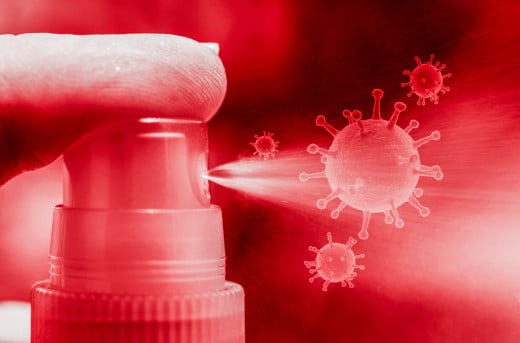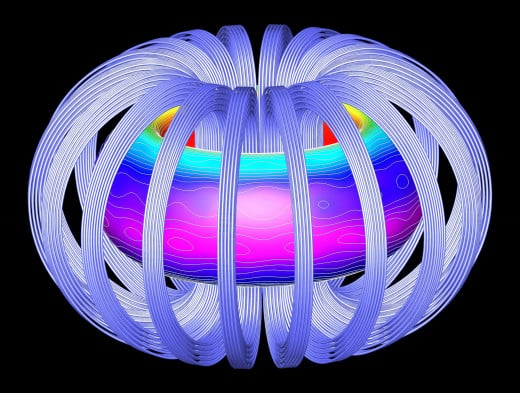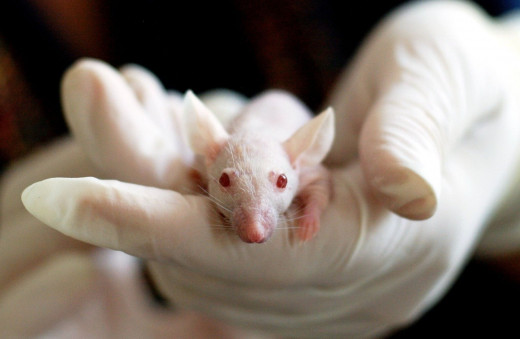Common Myths About COVID-19
Covid-19 Facts

What is Coronavirus?
The novel Coronavirus is an infectious disease that has stirred great fear and anxiety all over the globe. Everyone shudders at the thought of being infected. Irrespective of age and race, everyone is at risk of the deadly Coronavirus disease. At the writing of this article, reported Covid-19 live statistics reads 4,819,372 confirmed cases, 1,880,111 recovered cases, and 317,792 deaths. This is according to WHO worldwide report. The virus has spread to every corner of the world, creating havoc, bringing the world economy to a standstill, and leaving many people in joblessness because of total lockdown in some cities.

How COVID-19 Is Spread
Before we look at some myths about COVID 19, it is important to know that it is spread primarily through droplets of saliva or discharge from the nose when an infected person coughs or sneezes. Touching contaminated surfaces is also one way of spreading the disease. The sped-up of the spread of the disease makes it one of the deadliest diseases to occur in the history of humanity.
Common myths about Covid-19

Myth 1. Dogs and cats spread the COVID 19 virus
According to researchers, the first case of COVID 19 occurred at a seafood market where wild animals such as marmots, birds, rabbits, bats, and snakes are sold illegally. This makes us imagine that the virus jumped from an animal (a bat or a pangolin) to an intermediate animal or bird that later on came into contact with a human being at the market! If this happened, then the possibilities of human to animal infections and vice versa are very high.

Can dogs and cats spread Coronavirus? From a recent report, a Pomeranian and German shepherd dogs in Hong Kong are the first dogs to test positive for the COVID 19. According to scientists who analyzed the viral genetic sequences from the dogs, they discovered that they were identical to those of the infected people in the household. Their research confirmed that the virus had been passed from the owners to the dogs.
Although it’s still not clear if the dogs can transmit the virus to other dogs or people, it is important to keep an open mind and be on the lookout for any updates from researchers. Other pets reported to test positive with the COVID 19 virus includes a cat in Hong Kong, two cats in New York State, three lions and four tigers at Bronx Zoo in New York City.
Instead of discarding your pets, handle them with care and caution when you test positive for the virus. A study is underway to find out if dogs and cats can infect other animals or people.

Myth 2. 5G increases the spread of SAR-CoV-2
Wuhan was the first city to install 5G towers in China before the outbreak of Covid-19. If this is true, what is the truth behind the 5G Coronavirus conspiracy theory? Barrie Trower, a conspiracy theorist, blames the 5G for the swift spread of the SAR-CoV-2 worldwide. He points out that 5G degrades the immune system resulting in the fast spread of COVID-19 all-over the globe. Some people, by citing a 2011 paper where authors conclude that bacteria can communicate via electromagnetic signals, claim that the 5G helps the virus to communicate. This is a myth that's spreading like wildfire.
The 5G is part of the electromagnetic spectrum in a band of low-frequency waves like Wi-Fi. These do not pose any internal damage (ionizing) to our cells. Higher frequency radiation at the end of the electromagnetic spectrum poses dangers to the human being. Scientifically, we conclude that the 5G can’t be responsible for the Coronavirus or the degrading effects on our immune system.
Another reason to refute the claim that 5G increases the spread of Coronavirus; is the fact that there are many countries with no or little 5G coverage that have been significantly affected by the virus.

Myth 3. Overseas products can carry the COVID-19 virus
Although Coronavirus can survive many hours outside the body, researchers are still studying the virus to learn more about how it infects people. According to scientists, current research outcomes conclude that the likelihood of being infected with COVID-19 from a commercial package is low. This is because the package is most likely to travel over several days and is exposed to different temperatures and conditions. Still, you should always take precautions while receiving your packages.

Myth 4. The COVID-19 virus was made in a lab
Rumor in social media has it that the Coronavirus was a biological weapon that escaped control in a laboratory. To date, there is still no scientific evidence that confirms it is a lab-made virus. A close observation reveals that the SAR-CoV-2 resembles two other coronaviruses, the SARS-C0V and MERS-CoV that triggered outbreaks in recent years. They both originated from bats. According to researchers, certain viruses in the bat population can genetically cause future pandemics.

Myth 5. Can Chloroquine cure COVID-19?
Although there are claims of chloroquine being a cure for the virus, there is still no proven cure. Most people infected will recover on their own without needing professional medical care. Chloroquine has shown some antiviral properties in the past and it is also known to block virus infection by increasing endosomal PH required for virus/cell fusion and interfering with the glycosylation of cellular receptors of SARS-CoV. However, it is too early to draw any conclusions about whether or how chloroquine could cure COVID-19.
Finally, with the many myths about the virus being spread in social media and the web, it is your responsibility to research what is true or false and avoid spreading the lies.
Was this article helpful?
This content is accurate and true to the best of the author’s knowledge and is not meant to substitute for formal and individualized advice from a qualified professional.
© 2020 Philip Agutu








